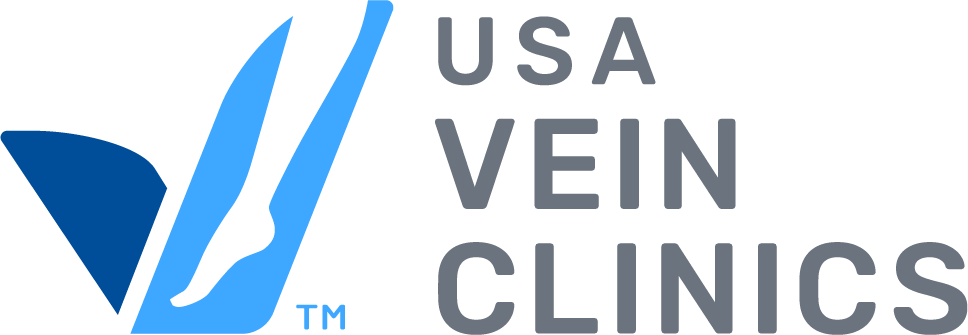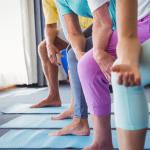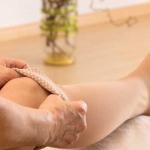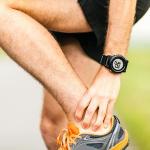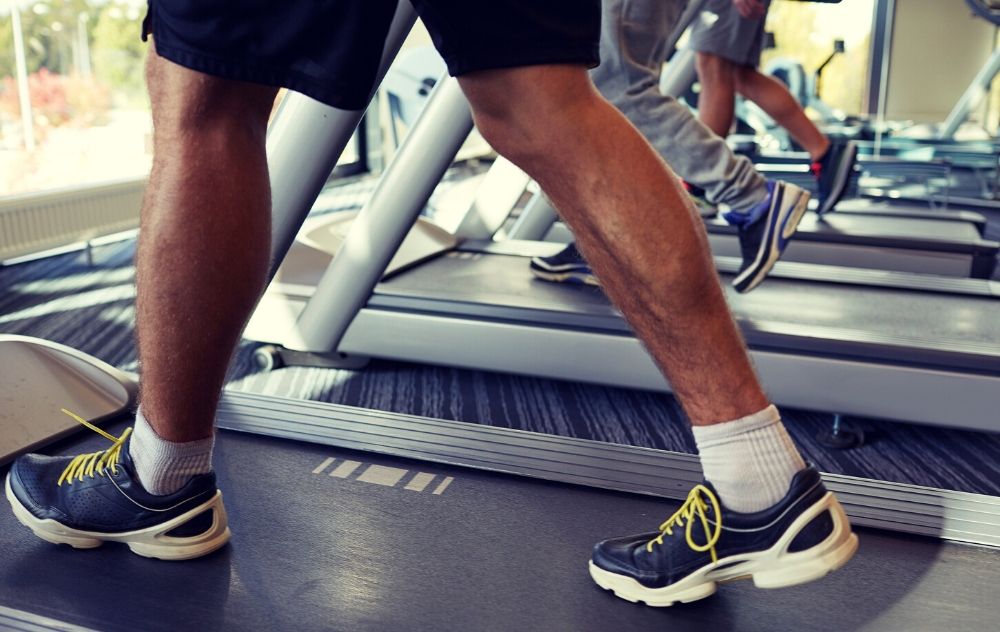
Understanding Varicose Veins in Men: Causes, Symptoms, and Treatment
Varicose veins, often associated with women, are a common condition that affects many men as well. Despite the common misconception that varicose veins primarily concern women, men can and do develop these swollen, twisted veins, which usually appear on the legs. Research revealed in the Edinburgh vein study found that 39.7% of males deal with varicose veins, as opposed to 32.2% of women. Despite these numbers, only 10% of men actually seek treatment for a variety of reasons.
Varicose Veins are Not Just Cosmetic
Varicose veins, also known as CVI or chronic venous insufficiency, occurs when the valves in the veins in your legs leak, preventing the venous flow from leaving the legs properly and become incompetent and “reflux” just like acid reflux in your stomach. When the veins don’t work properly, a backup in flow occurs, and over time the pressure from the blood flow in the broken veins can cause the veins to stretch, as well as break down the vein wall, allowing toxins and waste products to leak into the surrounding tissue. While any vein can become varicose, the veins in the legs and feet are most commonly affected due to the increased pressure in these areas when standing and walking. Chronic venous insufficiency affects our quality of life, it affects our health – both physical and emotional. When we understand how veins work, it’s easy to understand why, when they don’t, we are in pain.
Warning Signs and Symptoms of Varicose Veins in Men
Men with varicose veins may experience a range of symptoms, including:
Visible signs of vein disease in men:
- Visible veins
- Varicose veins
- Swelling
- Discoloration in the lower leg
- Skin changes
Physical symptoms of vein disease in men:
- Achy legs
- Heaviness in legs
- Leg cramping
- Leg restlessness
- Leg throbbing
- Leg swelling
While most men have both signs and symptoms, you can sometimes have visible signs but no symptoms, or symptoms but no visible signs. CVI is a progressive disease however, so as with most other health related issues, early diagnosis can be key to preventing more serious issues down the road.
5 Questions to Evaluate Your Vein Health
Causes of Varicose Veins in Men
Several factors contribute to the development of varicose veins in men, including:
- Genetics: A family history of varicose veins increases the risk. If a close family member has varicose veins, there’s a higher chance you might develop them too.
- Age: As men age, veins lose elasticity, causing them to stretch. The valves in veins may weaken, allowing blood to flow backward and pool.
- Lifestyle Factors: Prolonged periods of standing or sitting, lack of exercise, and obesity can all contribute to the development of varicose veins. Jobs that require standing for long periods, such as construction work or teaching, can increase the risk.
- Hormonal Changes: While hormonal changes are more frequently discussed concerning women, men also experience hormonal shifts that can affect vein health.
- Injury: Previous injuries to the legs can damage the veins, leading to varicose veins.
Tips for Men Suffering With Varicose Veins
Exercise daily
While running can be fun and even therapeutic, it is not necessary. Simply going for 15-20-minute daily walks can help reduce the pressure on your veins. In addition to walking, some great ways for men to exercise with varicose veins include:
- Biking
- Elliptical
- Swimming
- Equipment-free leg exercises such as squats, lunges and calf raises
Eat your way to healthier veins
Maintaining a healthy diet is another way to help with your vein health. Not only can eating healthy help maintain a healthy weight, but it can affect your hormones as well. Talk to a registered dietician for specific meal plans personalized to you. In the meantime, improve your vein health by:
- Eating more fiber
- Consuming more Vitamin C
- Drinking more water
- Ingesting more rutin (a flavonoid found in foods such as asparagus, berries, figs, and more)
- Limiting your salt intake
These are simple changes you can work into your daily diet with just a little planning.
Know that varicose veins in men is common
Varicose vein disease is very common; in fact, it is estimated that up to 30 million Americans are suffering from varicose veins. Due to the number of people suffering from vein disease, research performed in the last decade has provided healthcare teams with improved knowledge of the disease process, improved training and technology used for diagnostics, and a host of safe, outpatient treatment options.
Book a Consultation with a Vein Specialist

Be proactive about seeking varicose vein treatment
While it may seem easier to just ignore your vein issues, don’t! CVI is a progressive disease and therefore will get worse as time goes on. This will lead to increased symptom severity and frequency, larger veins, and, over time, lower leg discoloration and venous ulcers, open wounds.
The earlier you seek treatment, the fewer procedures will be required, and the faster your recovery time. Although there is no cure for varicose vein disease, treatment and early detection are the best options to keep your legs healthy and symptoms free. Your vein disease will not go away on its own, so why wait for the process to get worse?
Understand your varicose vein treatment options
One of the silver linings of varicose veins being such a common issue is there are several treatment options, and depending on the severity of your CVI, most major insurance companies cover treatments. The first step is to discuss your concerns with your vein specialist.
Vein treatments can range from something as simple as wearing graduated compression stockings, to a combination of treatments to target specific vein types using treatments such as Endovenous Laser Treatment, Radiofrequency Ablation Treatment (RFA), or other minimally invasive procedures such as ultrasound guided sclerotherapy.
The good news is, all of our vein treatment options are performed in an office based setting. They are performed safely, with minimal to no downtime and are described by most patients as painless. Many patients undergo procedures during their lunch hour and are then free to return to work and the majority of their daily activities.
Reach out to a vein specialist today for a consultation and take the first step toward relief – meet with a vein doctor in your city today!
